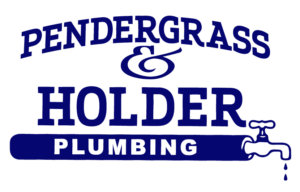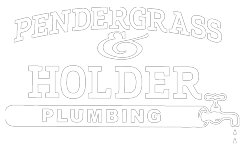When it comes to pricing a new water line installation, many homeowners are initially concerned about the cost. However, there are several factors that influence the final price beyond just the length of the line. This article will guide you through these factors and explain the different methods we use to minimize disruption to your property.
Key Factors Influencing the Price
- Length of the Water Line:
- This is the most straightforward component of the pricing. The longer the line, the higher the cost due to the increased materials and labor required.
- Property Features and Obstacles:
- Sidewalks, driveways, flower beds, and other landscaping features can complicate installation. Preserving these elements often requires specialized techniques that can increase costs.
- Type of Replacement Method:
- The method chosen for installation greatly impacts the overall price. Let’s explore the main methods and their implications.
Minimizing Disruption: Trenchless Methods
Our goal is to minimize disruption to your property, which is why we offer innovative trenchless methods:
- Trenchless Water Line Replacement:
- This method involves using a water line slitter that pulls through the old water line, simultaneously replacing it with a new PEX water line. This technique is highly effective in avoiding damage to existing hardscapes and landscapes.
- Pros: Minimal disruption, quicker installation, preserves driveways and walkways.
- Cons: May not be suitable for all types of existing water lines or complex property layouts.
- Boring Under Hardscapes:
- For properties with significant hardscape features like sidewalks and driveways, we use boring rods run by an excavator to create a path for the new water line underneath these obstacles.
- Pros: Protects hardscapes from damage, preserves aesthetic appeal.
- Cons: Requires precise equipment and skilled operators, potentially increasing costs.
When Trenching is Necessary
In some cases, trenching is unavoidable due to the material of the existing water line or specific property features:
- Traditional Trenching:
- Using a mini excavator or trench machine, we dig a trench to lay the new water line. While this method can be more disruptive, it is sometimes the most practical or only option available.
- Pros: Suitable for all types of lines and complex property features, often necessary for old or particularly problematic lines.
- Cons: More disruptive to the landscape, longer restoration time post-installation.
Quality and Longevity
While cost is a significant factor, we prioritize using the highest quality products to ensure the longevity of your new water line. Investing in quality materials reduces the likelihood of future failures, ultimately saving you money on repairs and replacements. A well-installed water line should last several decades, providing peace of mind and reliable service.
Balancing Cost and Customer Impact
When pricing a job, we always keep the customer’s needs and property impact in mind. Our approach is to provide a detailed assessment and offer the most efficient and least disruptive solution, balanced with the best quality materials. This ensures you receive a fair price while maintaining the integrity and beauty of your property.
Conclusion
Pricing a new water line installation involves more than just measuring the length of the line. By considering property features, choosing the right installation method, and prioritizing quality, we aim to provide a service that is both cost-effective and minimally disruptive. Contact us today to get a detailed assessment and personalized quote for your water line installation needs.


